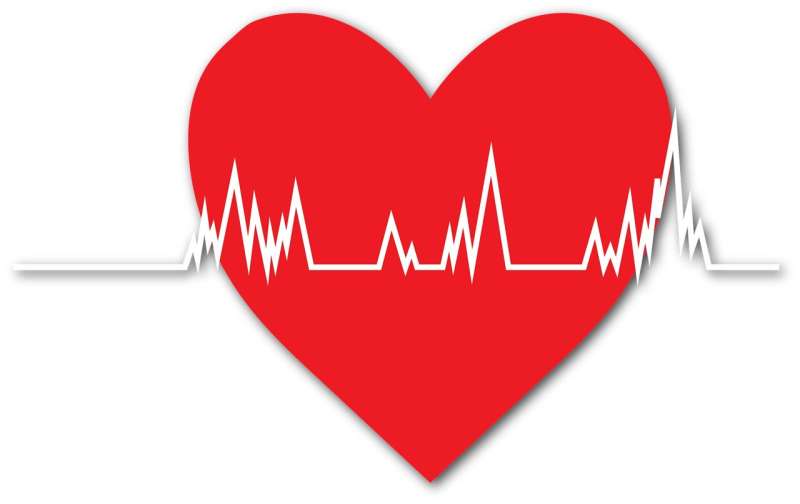
A new set of recommendations aimed at helping doctors prevent and manage heart failure expand the focus on people at risk or showing early signs of the condition.
The latest guidelines from the American Heart Association, American College of Cardiology and Heart Failure Society of America emphasize the importance of optimizing blood pressure and adhering to a healthy lifestyle to prevent the disease, along with new treatment strategies for people already showing symptoms. The recommendations published Friday in the journal Circulation.
“In recent years, there has been an increase in rigorous science assessing how best to treat symptomatic heart failure,” writing committee chair Dr. Paul A. Heidenreich said in a news release. He is a cardiologist and professor of medicine at Stanford University School of Medicine, as well as chief of medicine at the VA Palo Alto Health Care System in California. The new guidelines hopefully will mean better treatment options for a broader number of people, he said.
Heart failure, a chronic condition managed with medication and lifestyle changes, affects more than 6 million adults in the U.S., according to AHA statistics. The most common risk factors include narrowed arteries, having a heart attack, high blood pressure and heart valve heart disease. Heart failure also can be caused by heart muscle disease, metabolic disease, autoimmune disorders or exposure to medications or treatments, such as chemotherapy, that can damage the heart.
The new guidelines revised the four progressive stages of heart failure to earlier identify people at risk and provide treatment before structural changes or decreased heart function can occur.
Stage A applies to people at risk for heart failure who have not yet shown signs of structural heart disease or heart muscle injury. It includes people with high blood pressure; diabetes; obesity; exposure to chemotherapy drugs; or with a hereditary risk for heart failure.
According to the new guidelines, a large proportion of U.S. adults would be considered in this stage, including the roughly 121.5 million people with high blood pressure, 100 million with obesity and 28 million with diabetes.
In addition to healthy lifestyle habits such as regular exercise, healthy eating and not smoking, the guidelines recommend people in this category maintain a resting blood pressure below 120/80. It also says people at this stage who have Type 2 diabetes or cardiovascular disease should consider taking a class of medicines, called SGLT2 inhibitors, used to lower blood sugar levels.
Stage B includes people without symptoms of heart failure but who show signs of structural heart disease. That could include evidence of heart muscle injury, signs of less effective heart pumping, enlargement of the heart muscle, heart muscle contraction abnormalities, or valve disease. People in this stage also may be prescribed medications.
Stage C applies to people with symptoms of both heart failure and structural heart disease. That could include shortness of breath; persistent cough; swelling in the legs, feet or abdomen; fatigue; and nausea. A multidisciplinary team is recommended to oversee care and monitoring for people in this stage. The guideline recommends people in this stage be fully vaccinated against respiratory illnesses, including COVID-19.
The new guidelines further refine the classifications for left ventricular ejection fraction, or how well the heart is pumping blood to the rest of the body. That measure is used to determine the type of treatment for people in stage C for whom several types of medications are now available to decrease the risk for hospitalization and death from cardiovascular disease. Proper blood pressure management also is recommended.
Source: Read Full Article